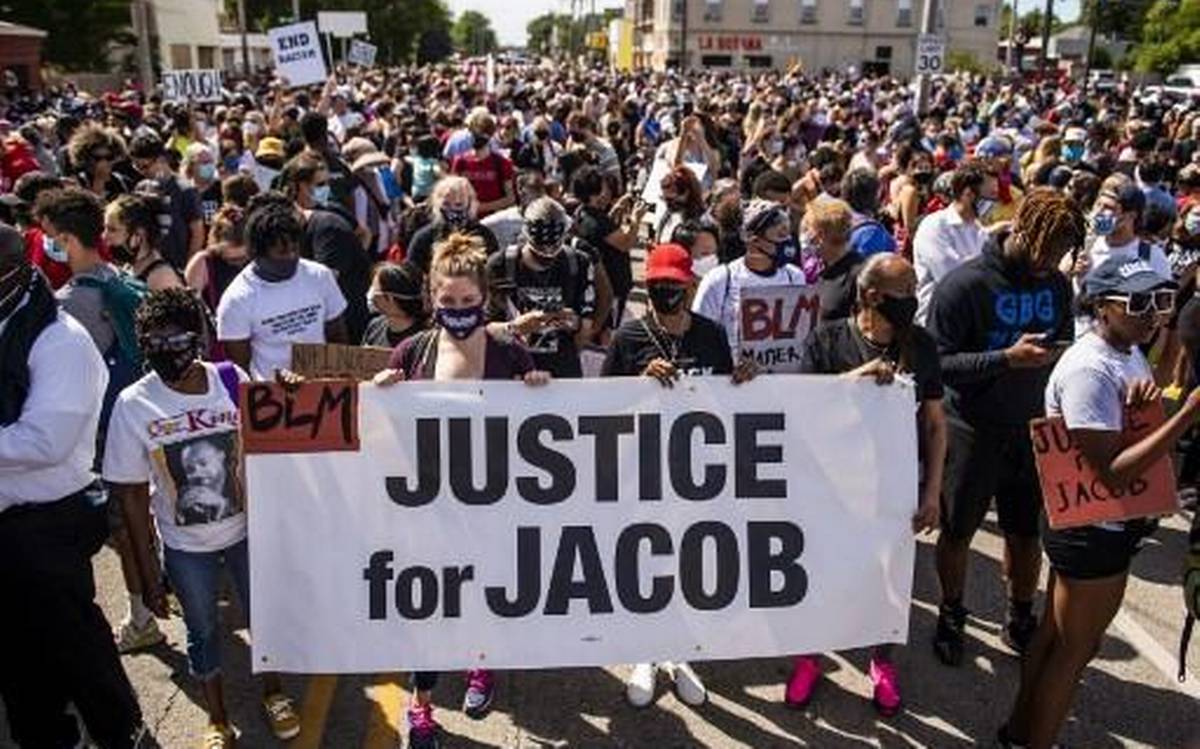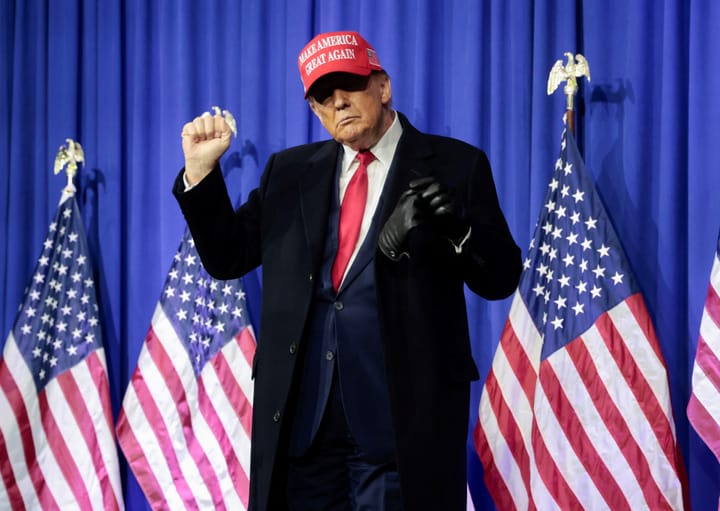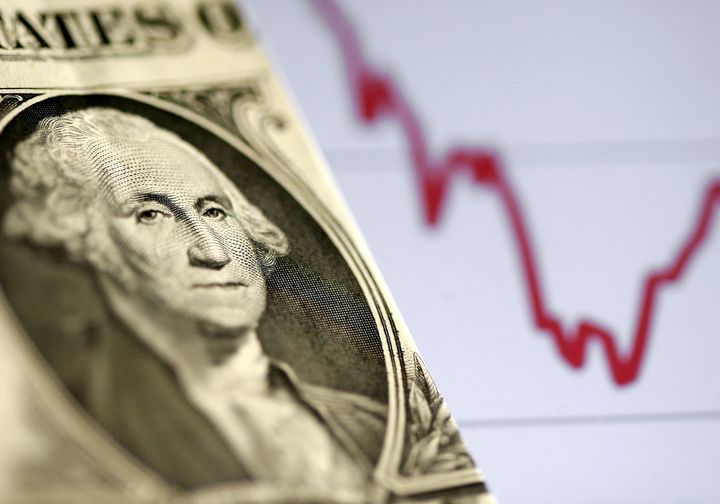Does the police shooting of Jacob Blake mark a turning point in the current social unrest?

A few minutes every morning is all you need.
Stay up to date on the world's Headlines and Human Stories. It's fun, it's factual, it's fluff-free.
On Sunday, August 23, a confrontation with police in Kenosha, Wisconsin resulted in a 29-year-old Black man, Jacob Blake, being shot seven times by a white officer. As has become common with such events in the United States, video of the shooting appeared online and rapidly circulated.
Anger arose as the public learned Blake was unarmed and the shooting happened in front of his three young children. For many in the Black community and beyond, the shooting was yet another example of police overreach, akin to the 2020 deaths of Breonna Taylor and George Floyd, though Blake is currently alive.
In the days after the shooting, protests and riots have broken out as they did following the death of Floyd, itself reminiscent of the police killing of Eric Garner in 2014. This pattern of police action and public outrage has also enlivened the perennial politicized debate over the Black Lives Matter (BLM) movement and police violence.
This repetition of violence against Black people and social upheaval may feel like the nation is stuck in a ceaseless loop, but there are indications – both positive and negative – that the situation is reaching a tipping point.
What happened to Jacob Blake?
As is common with these types of incidents, all the details of what occurred on Sunday may never be known. There is the official police account, the firsthand witnesses’ version and the details that can be gleaned from video footage of the event.
As reported by CNN, police were initially called to the scene over a “domestic incident.” A woman had said her boyfriend – Blake – was on the premises and not supposed to be there. Additional details about the situation were unknown to the three officers who arrived on the scene.
Upon arrival, a confrontation ensued and the officers used a taser on Blake. Still standing, Blake attempted to go around his car and enter the driver’s side door. An officer followed behind him with his gun drawn and when Blake leaned in, that officer grabbed Blake’s shirt and fired his weapon seven times into his back.
It has further been reported that Blake’s three young children were in the car at the time of the shooting.
Blake was taken to a hospital in Milwaukee, roughly 35 miles north of Kenosha. Days after the confrontation, Blake was still alive, but his family reported he had been paralyzed by the shooting. Though it is doubtful Blake will ever walk again, his family has said he is handcuffed to his hospital bed.
The Wisconsin Department of Justice is currently investigating the shooting. The officer who shot Blake, Rusten Sheskey, and the other two officers on the scene were put on administrative leave. Wisconsin Attorney General Josh Kaul told the press on August 26 that there was a knife in Blake’s car, but there is no indication that any of the officers knew about it at the time.
In the wake of Blake’s shooting, a rumor circulated online that Blake was a child rapist. There is no evidence for this claim, which was either an intentional lie or based on a misreading of court records.
Protests, followed by riots
With video footage of the confrontation, taken from across the street, appearing online just hours after the shooting, protests broke out in Kenosha on Sunday and continued throughout the week.
The sheriff’s department set a citywide curfew for 8 p.m. (later moved up to 7 p.m.), but protesters remained outside, clashing with riot gear-equipped police officers who used tear gas on the crowd.
Some in the crowd of protesters set cars on fire and broke windows, which led to the National Guard being called in on Monday as protests and violent confrontations intensified. Protesters could also be seen shooting fireworks at the officers who were protected behind riot shields.
Footage from Kenosha appeared online, resembling many of the scenes that were recorded amid the BLM protests from earlier this year in response to Floyd’s death. Those protests sparked conversations about the role violence should play in protests for racial justice.
Protests also included calls to “defund the police,” a rallying cry for the demilitarization of domestic law enforcement.
Two protesters killed in Kenosha
If the similar circumstances and footage suggested that the Kenosha protests were just an extension of the summerlong BLM protests, a vigilante shooting on Wednesday night may indicate an escalation of anti-BLM actions.
On Tuesday night, August 25, two people were shot and killed and another injured as protests continued into the night. The alleged shooter is 17-year-old Kyle Rittenhouse, from Lake County, Illinois, who brought a semi-automatic long-rifle to Kenosha.
In video footage that appeared online, Rittenhouse can be seen passing down the street, at times physically brawling with protesters, before shooting multiple times into the crowd. Afterward, he walks toward police officers who arrived on the scene. With his rifle strung across his chest, he lifts his arms and walks through the line of police vehicles without being apprehended.
A separate video showed Rittenhouse amiably interacting with the police prior to the shooting.
Rittenhouse was able to return to Illinois before he was arrested. As news of the shooting spread, reports surfaced of Rittenhouse’s previous support for the pro-police Blue Lives Matter group and President Donald Trump. Rittenhouse had apparently shown an interest in joining law enforcement.
Reaction to the violence
Left-wing commentators, including Democratic Senator Elizabeth Warren, have stated the different police treatment of Blake and Rittenhouse “speaks volumes about how deeply embedded racism and white supremacy are in every aspect of our society.”
Right-wing advocates, however, have argued that Rittenhouse was acting in self-defense. In a brief video interview taken prior to the shooting, Rittenhouse, shown standing in front of a boarded-up building, explains his reason for being in Kenosha.
“People are getting injured, and our job is to protect this building, and part of my job is also to help people. If there’s somebody hurt, I’m running into harm’s way. That’s why I have my rifle, because I need to protect myself obviously, but I also have my med kit.”
Rittenhouse’s confrontation with protesters isn’t the first time violence has broken out at a protest. In 2017, a neo-Nazi drove his car into a crowd of counterprotesters at the Charlottesville, Virginia “Unite the Right” rally in 2017, killing one woman, Heather Heyer.
Yet, there does appear to be a sense that this particular moment is “combustible and complex” as journalist Dan Rather tweeted on Sunday.
Indeed, as BLM protests continued in Portland, Oregon this weekend, a man associated the far-right Patriot Prayer militia group was shot dead. Some have suggested these deadly conflicts are part of an intentional effort to insight civil war. In the case of the Boogaloo Boys, another far-right militia group, that is the explicit end goal.
Professional athletes react
The night after the vigilante shooting, multiple games in the National Basketball Association’s (NBA) playoffs were called off in response to the protests for racial justice.
A player strike began when the Milwaukee Bucks refused to appear on the court for what would have been the fifth game in their series with the Orlando Magic. As a group, the Bucks players decided not to play to show solidarity with Blake and BLM.
On the team is Sterling Brown, a Black player who has been outspoken about his mistreatment by Milwaukee’s police. He sued the city after, claiming, in his words, that “cops kneeled on my neck, stood on my ankle, and tased me in a parking lot.”
The NBA opted to postpone all of the games for that night. The Women’s National Basketball Association (WNBA) followed suit and postponed their games for the night. Members of the WNBA Washington Mystics initially protested by wearing T-shirts with Blake’s name spelled out on the front and seven bullet holes in the back.
Multiple Major League Baseball and Major League Soccer games were also delayed on Wednesday.
The choice by professional athletes to protest was an unprecedented show of support for the BLM cause. While the NBA players agreed to resume the playoffs the next day, it was unquestionably the most high-profile, mass protest undertaken by a collective group of American athletes. It also highlights how far the BLM movement’s message has spread.
The strike – some called it a boycott – came four years to the day after Colin Kaepernick, a former National Football League quarterback, first sat during the national anthem to protest police violence. Kaepernick’s choice to kneel during the anthem, which was taken up by other players in the league, became a national controversy, with prominent right-wing figures, including Trump, denouncing him.
Have a tip or story? Get in touch with our reporters at tips@themilsource.com




Comments ()